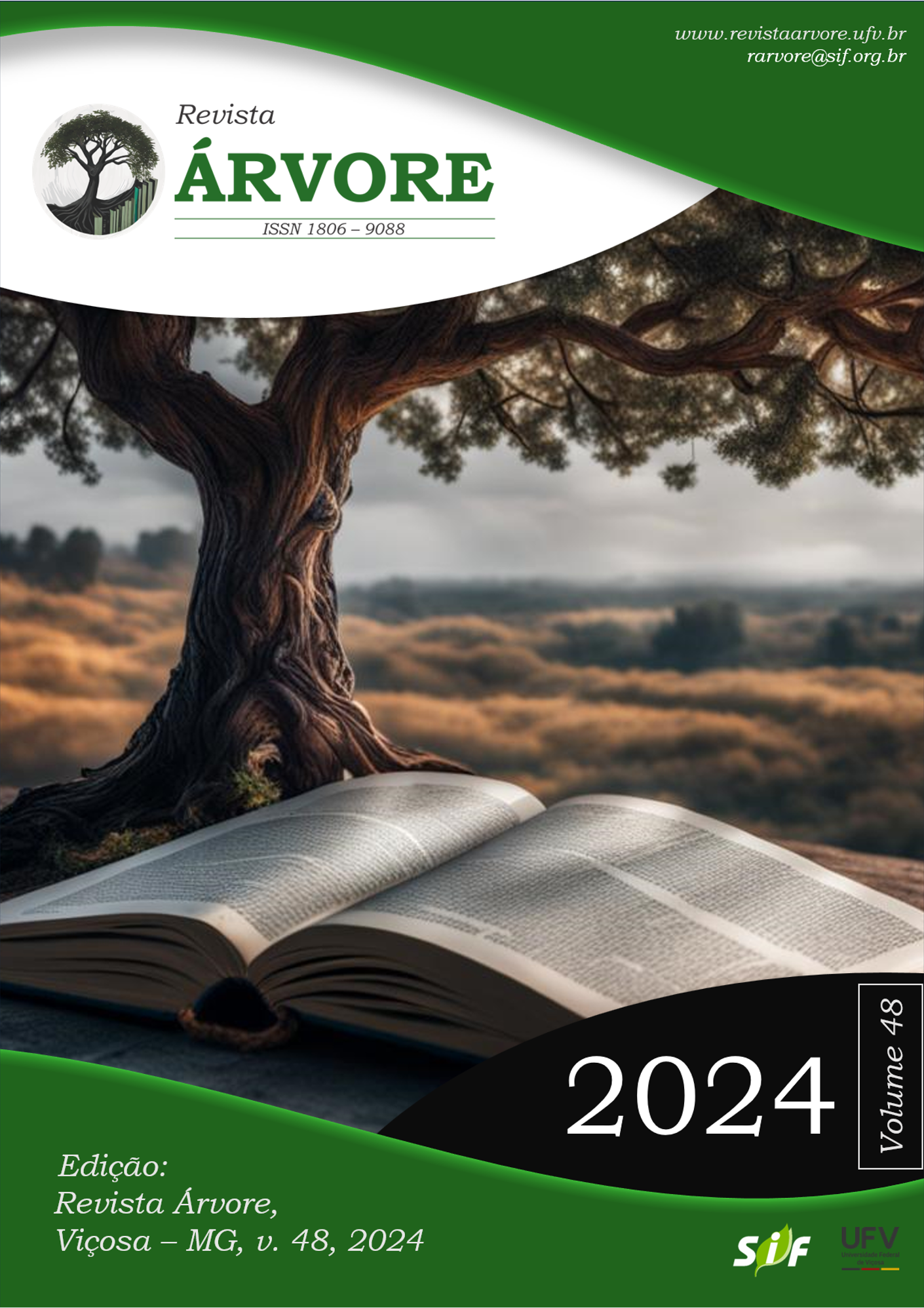Land cover effects on regenerants density and richness in restoration treatments in the Atlantic Rainforest biome
DOI:
https://doi.org/10.53661/1806-9088202448263729Keywords:
Land use, Regeneration, Surrounding landscapeAbstract
There is good evidence that the results of a restoration program depend largely on the landscape context. In restoration projects, it is crucial to consider the previous land uses and covers and landscape configuration as they have a significant impact on the entire process, especially seed dispersal and natural regeneration of sites. Thus, the objective of this work was to verify the effect of landscape (i.e., land use) on restoration success of total planting, seed sowing and natural regeneration sites in the Atlantic Forest biome, southeast Brazil. The methodology employed was based on demonstration units of restoration. The focus was on regenerant richness and abundance indicators, along with land use and land cover data (class area) from 2010, 2015, and 2020, obtained from the MapBiomas Project. Generalized linear models and correlation analysis were used for the study. We hypothesize that a landscape with more forest and natural regeneration cover (mosaic of agriculture and pasture) would positively affect regenerants in restored sites, which we only observed for natural regeneration treatment sites. In active restoration treatment sites, mosaic of agriculture and pasture was negatively and farming was positively associated to regenerants. We also found greater density and richness of regenerants in natural regeneration treatment sites than in seed sowing and seedling planting. The influence of the surrounding landscape, particularly mosaic, played a crucial role in this success. In addition, land use cover history, as we observed in classes in the last five and ten years, did explain regenerants in studied sites. Thus, results show that the characterization of landscape context and previous land-use history is essential to understand the limitations to succession and define cost-effective restoration strategies.
Keywords: Land use; Regeneration; Surrounding landscape
Downloads
Published
How to Cite
Issue
Section
License
All authors agreed to submit the work to Revista Árvore and granted the exclusive license to publish the article. The authors affirm that it is an original work and has not been previously published elsewhere. The scientific content and opinions expressed in the article are the sole responsibility of the authors and reflect their opinions, not necessarily representing the opinions of the editorial board of Revista Árvore or of the Society of Forest Investigations (SIF).








